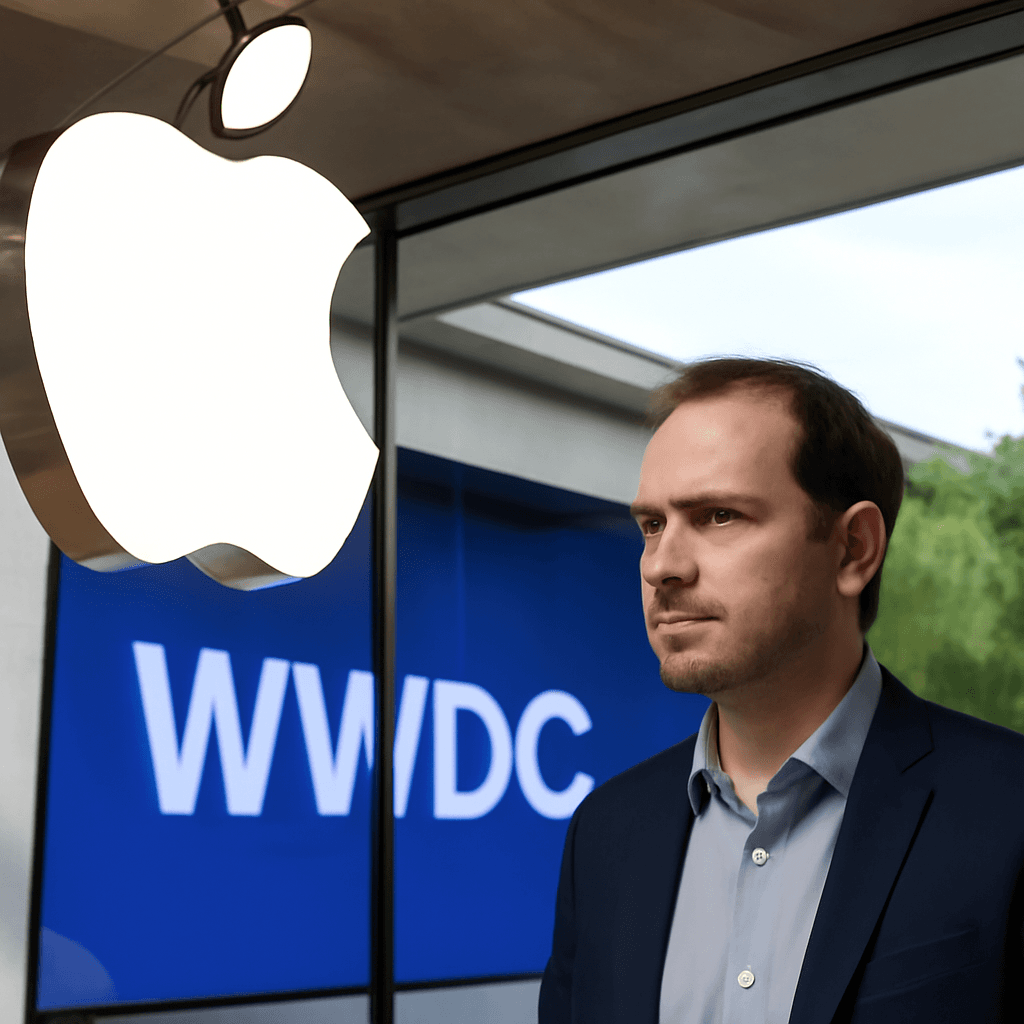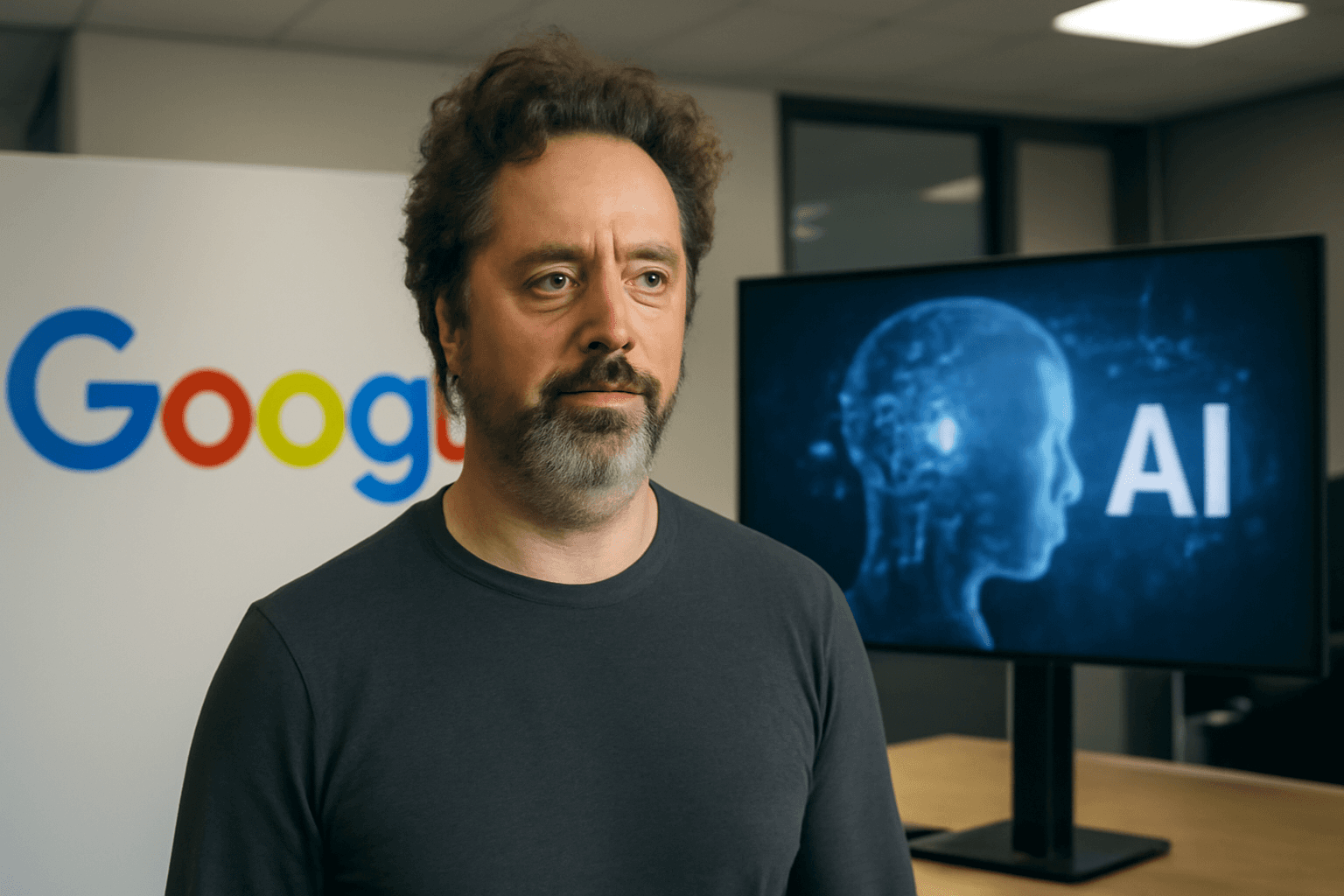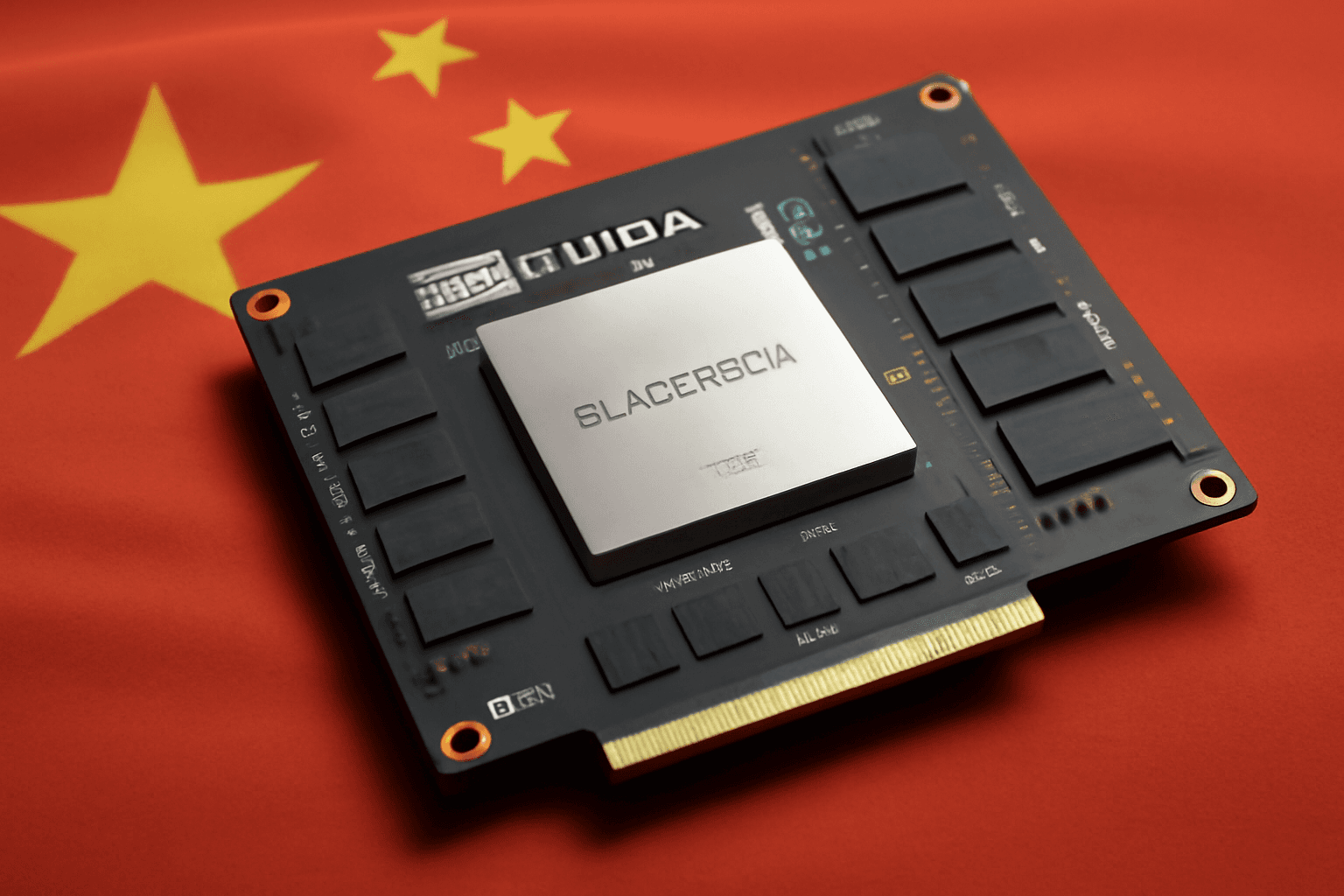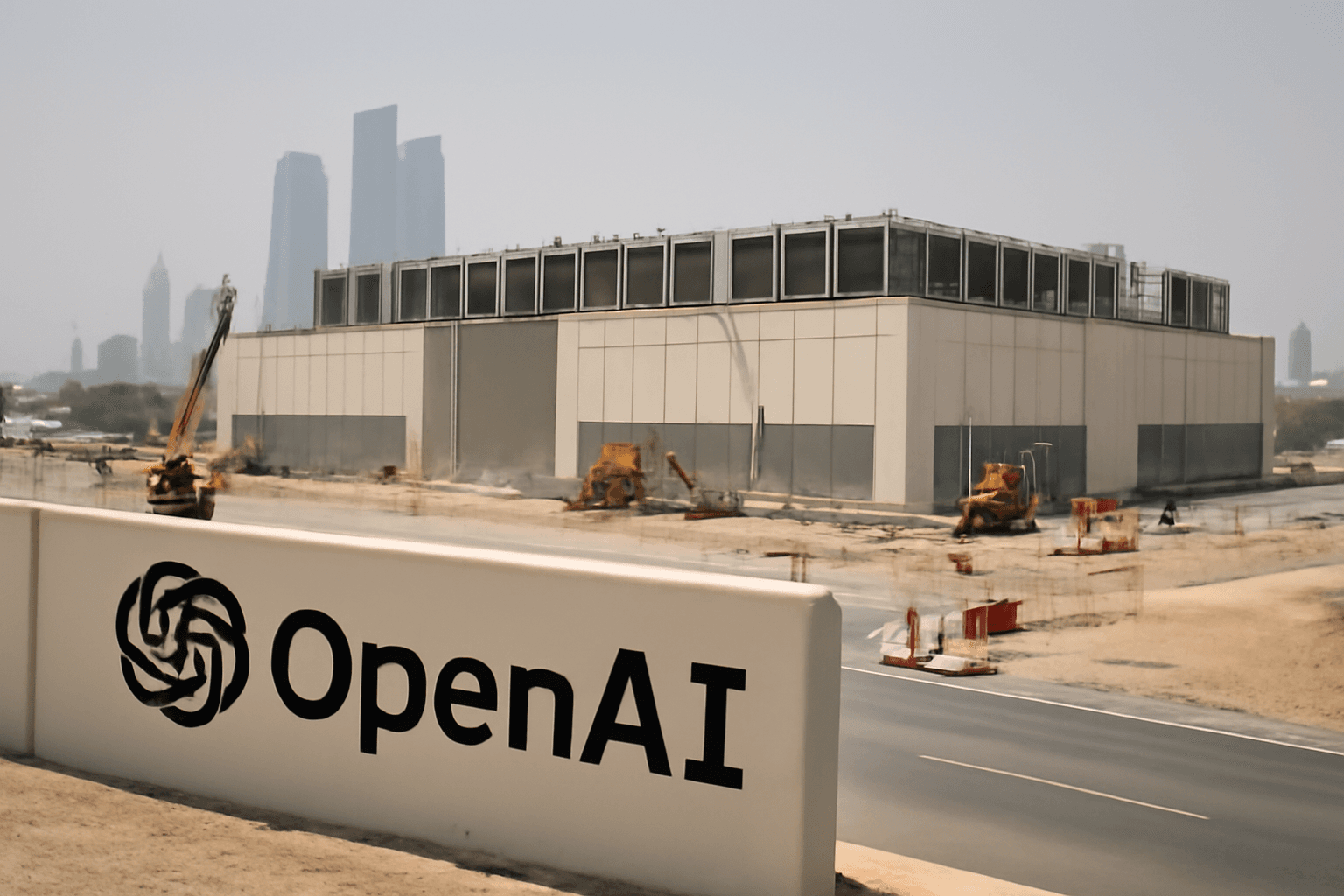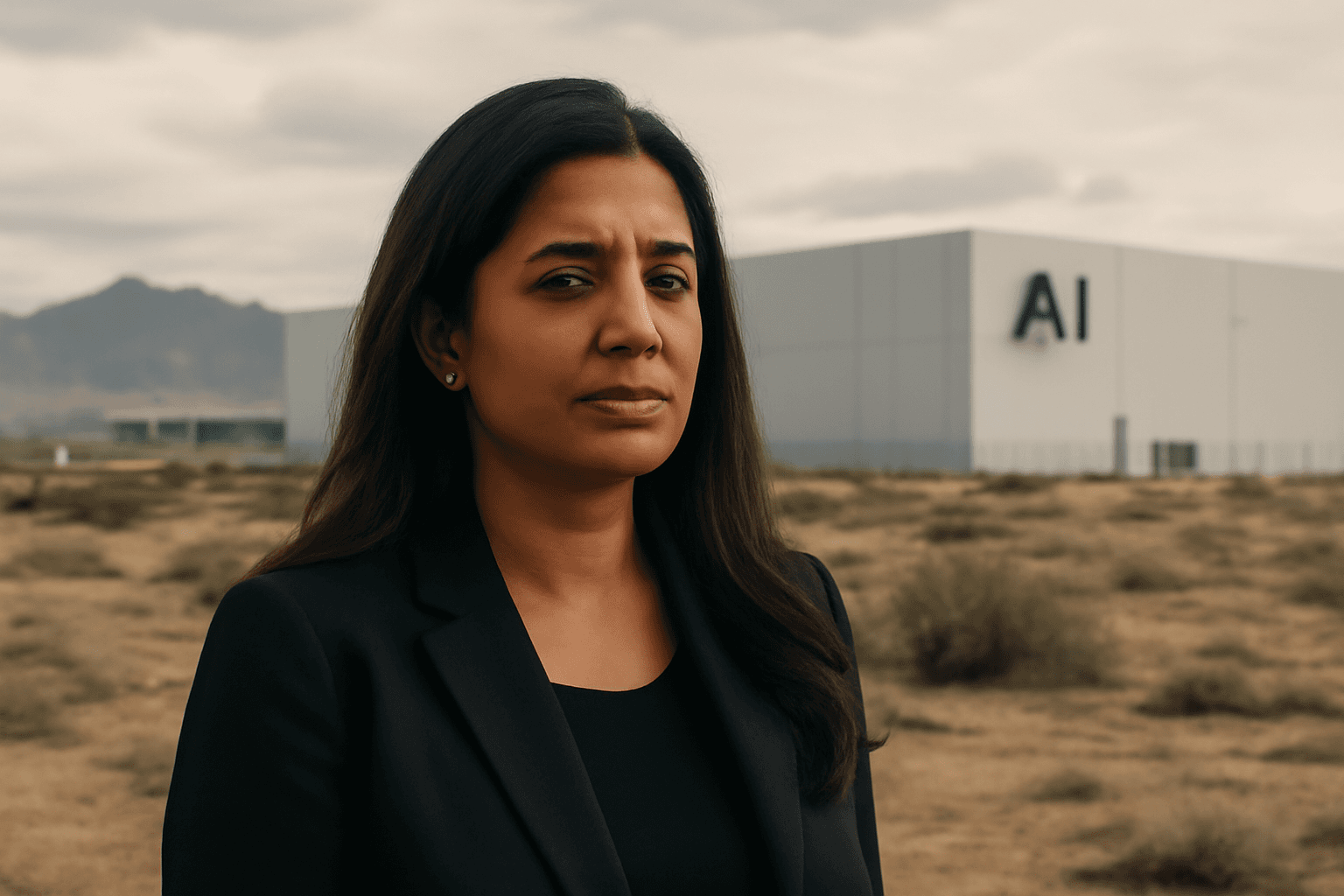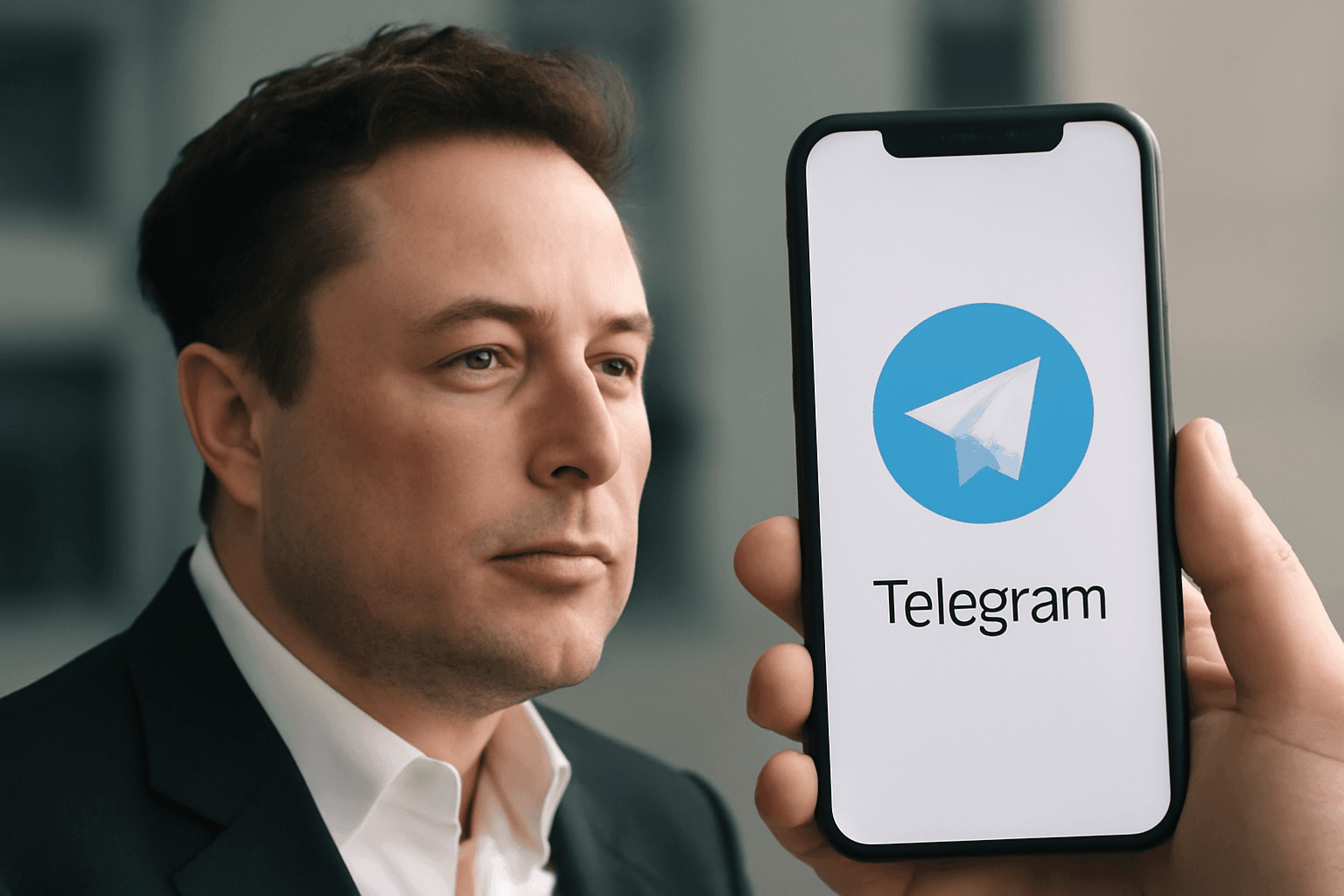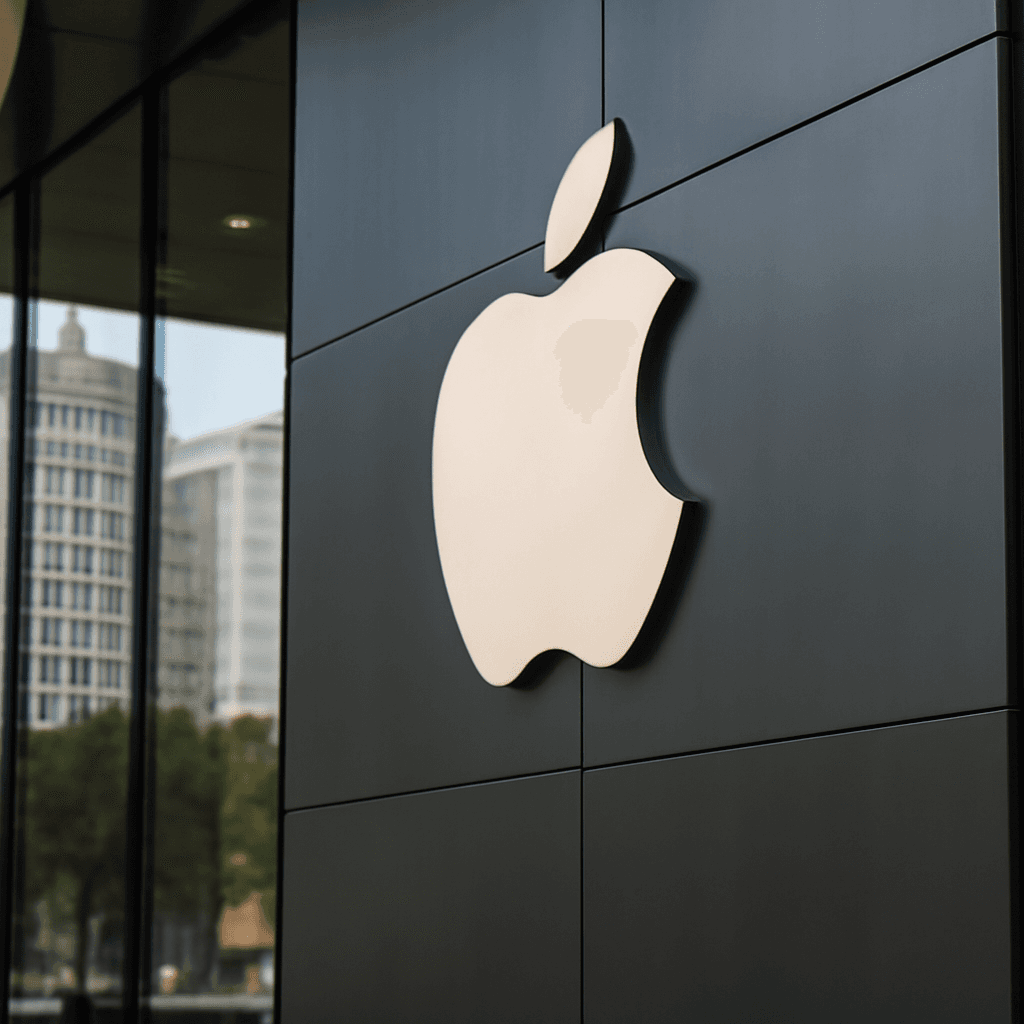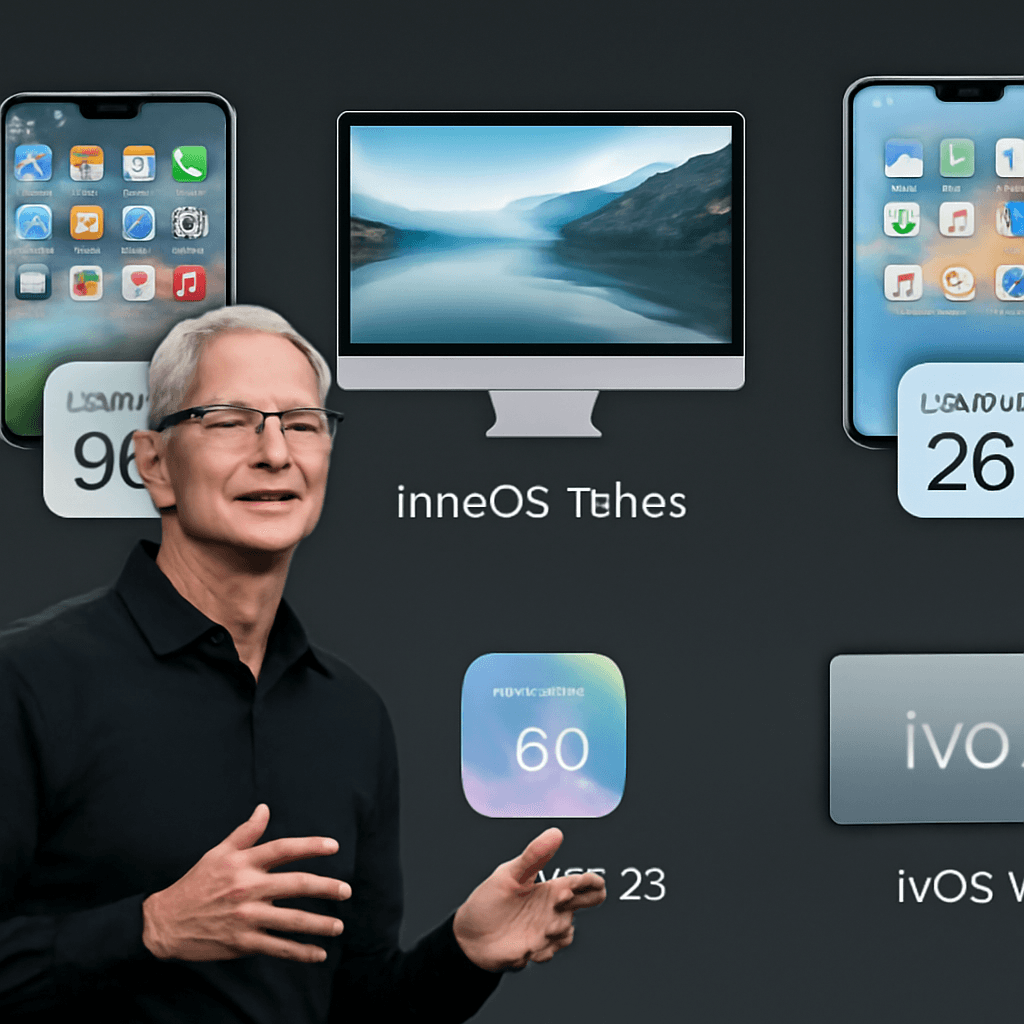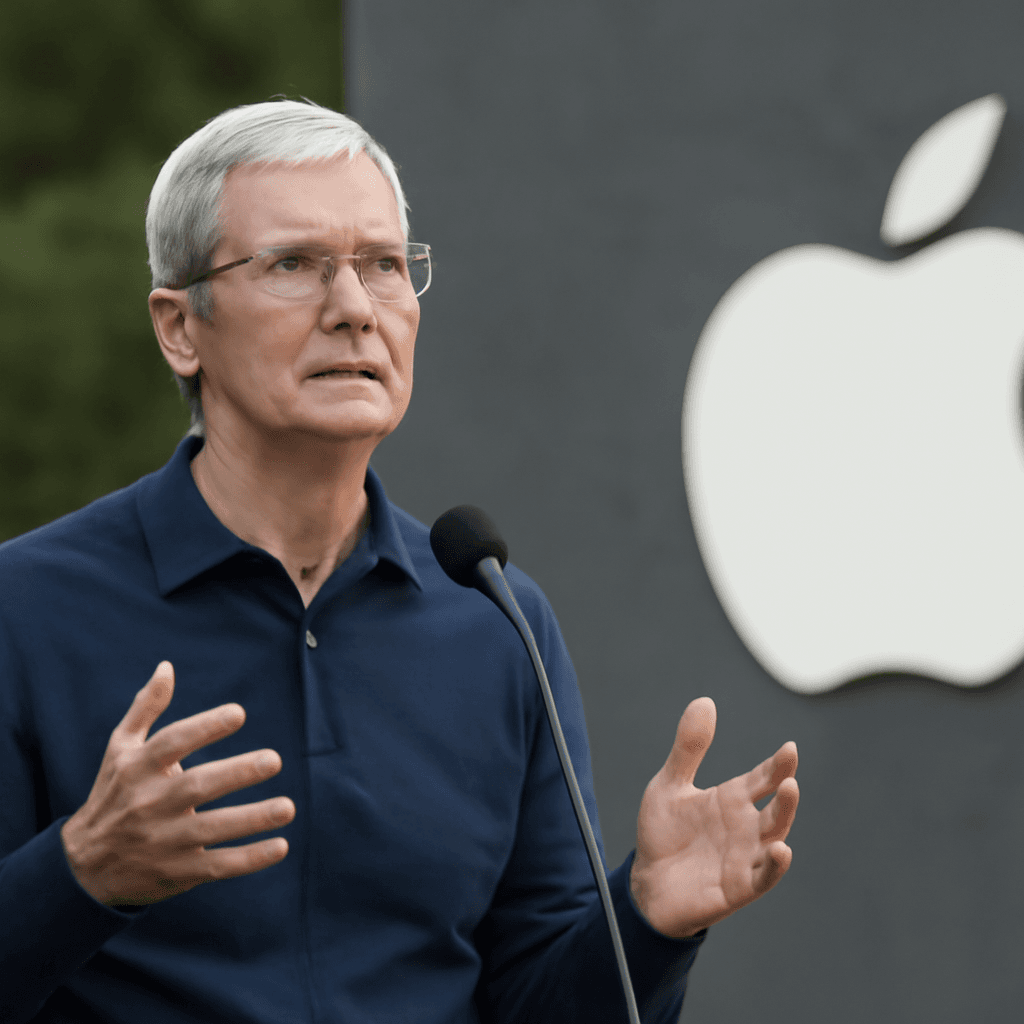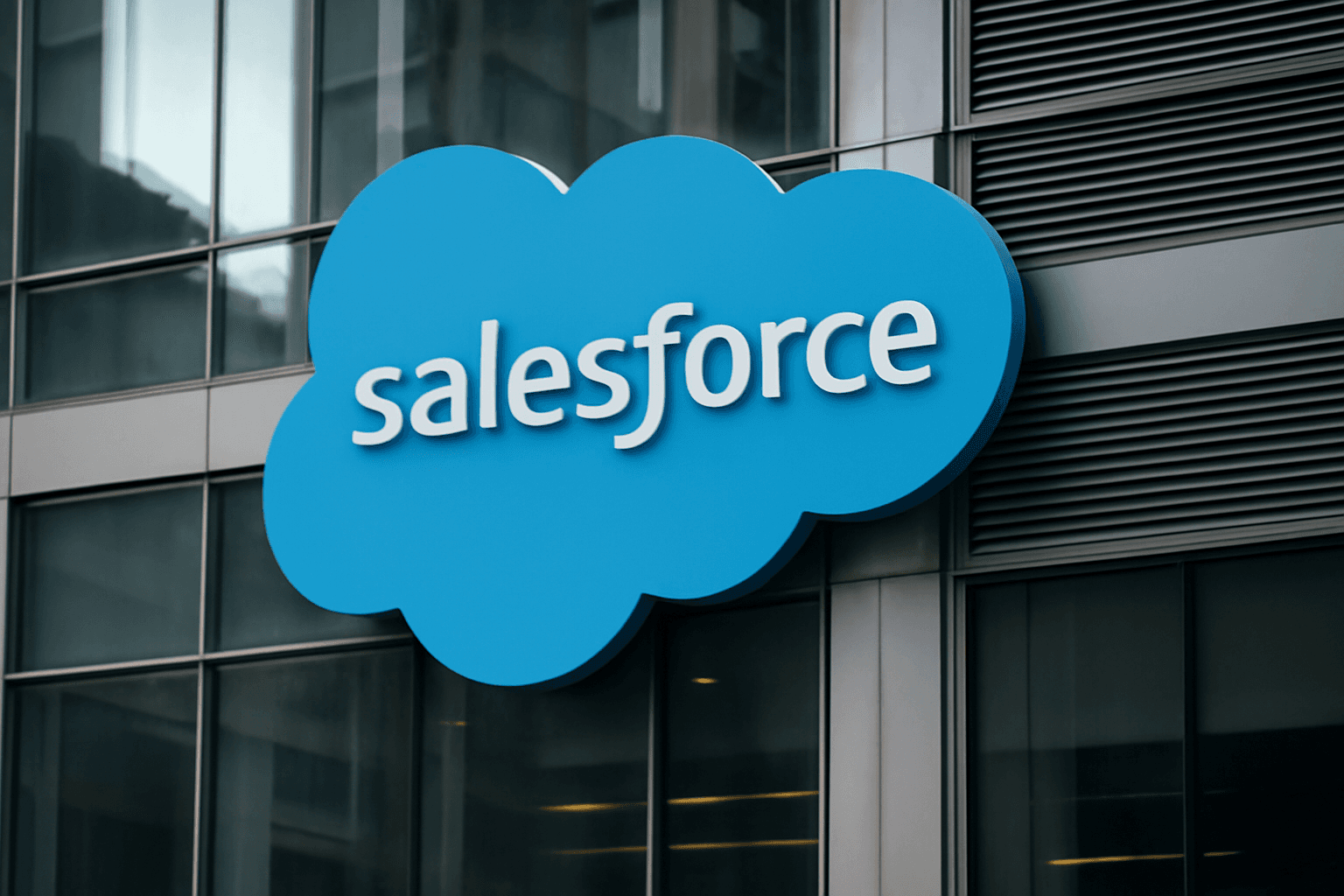Apple’s Measured Approach to AI Under the Spotlight at WWDC
At this year's Worldwide Developers Conference (WWDC), Apple maintained a cautious stance on artificial intelligence advancements, drawing a blend of intrigue and skepticism from industry observers and investors alike. Despite the clamor from Wall Street and aggressive AI moves by competitors, Apple chose a path of gradual updates rather than bold AI leaps.
Incremental AI Enhancements and Siri’s Slow Evolution
Apple reaffirmed its commitment to artificial intelligence but remained conservative during WWDC. The headline AI update centered on modest improvements to its Apple Intelligence software, primarily enabling developers to tap into device-based AI capabilities. This advancement allows for generative AI experiences within apps that can function even offline—imagine interacting with a hiking app through conversational artificial intelligence without an internet connection.
CEO Tim Cook acknowledged that the much-anticipated AI revamp for Siri remains a work in progress, emphasizing that the technology must meet Apple’s rigorous criteria for privacy and data security. Cook reassured that progress is underway, with the upgraded features slated for future rollout.
Operating System Overhaul Represents Apple’s Broader Strategy
Beyond AI, a significant highlight was the renaming and redesign of Apple’s operating systems to align better with calendar years. The upcoming software update, iOS 26, will span across multiple devices including the iPhone, Mac, Watch, and Vision Pro headset. Set for release in the fall, this marks the first major iOS redesign since 2013, boasting a new "Liquid Glass" interface that promises a fresh visual experience.
Industry and Market Reactions: A Divided Outlook
Competition and Legal Challenges
Apple’s relationship with developers remains somewhat strained, especially following legal decisions mandating the inclusion of external payment options within the App Store. Meanwhile, rivals like Google and Samsung have taken bolder steps, collaborating with AI startups and embedding on-device AI features more aggressively.
Adding complexity to the landscape, famed iPhone designer Jony Ive has partnered with an AI pioneer to potentially develop rival AI interfaces, signaling increased competition in the domain.
Geopolitical and Economic Hurdles
The tech giant also faces challenges from ongoing geopolitical issues, including tariffs imposed amid trade tensions with China—an essential manufacturing and sales hub. Threats to relocate production to the U.S. carry substantial cost implications, making any immediate shifts unlikely.
Wall Street’s Mixed Sentiment on Apple’s AI Prospects
Apple’s stock has dropped roughly 17% this year, erasing over $600 billion in market value. While some analysts remain hopeful about the company’s long-term AI potential, others warn that playing it safe might limit Apple’s competitive edge in the rapidly evolving AI space.
One prominent analyst summarized the mood: WWDC lacked major AI breakthroughs because Apple is “playing it safe and staying close to the vest.” Despite the challenges, confidence remains that Apple can navigate this critical juncture, though the window for impactful AI innovation is narrowing.
Looking Ahead: Patience or Risk?
Apple’s deliberate approach underscores its prioritization of privacy and user trust over rapid AI deployment. Yet, with competitors advancing at a brisk pace and Wall Street watching closely, the company faces mounting pressure to accelerate its AI momentum without compromising its core values.
As the tech landscape pivots around artificial intelligence, the question remains whether Apple’s balance of caution and innovation will pay off or leave it trailing behind in the AI race.

